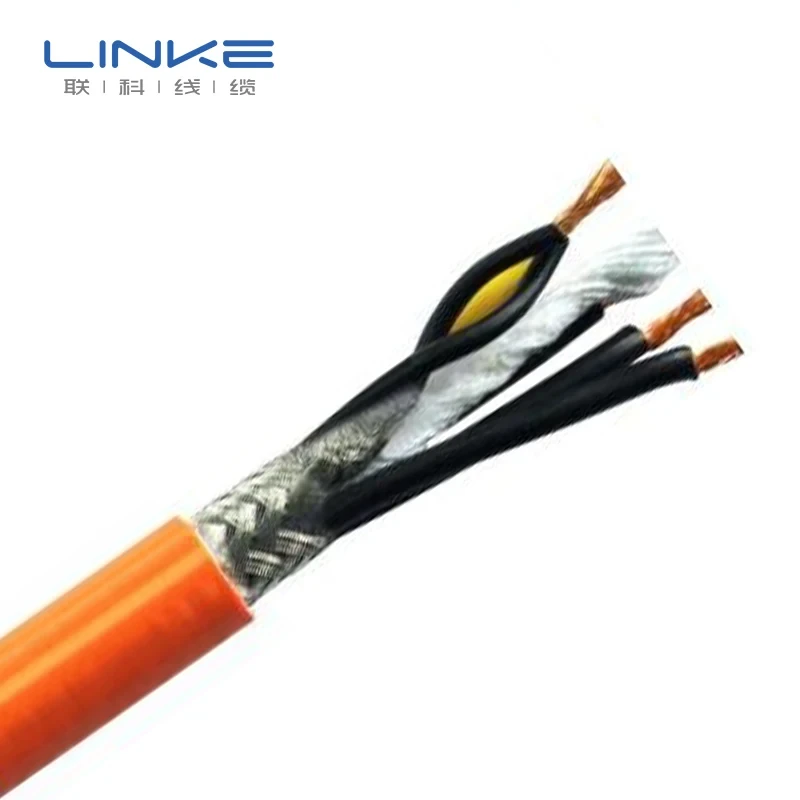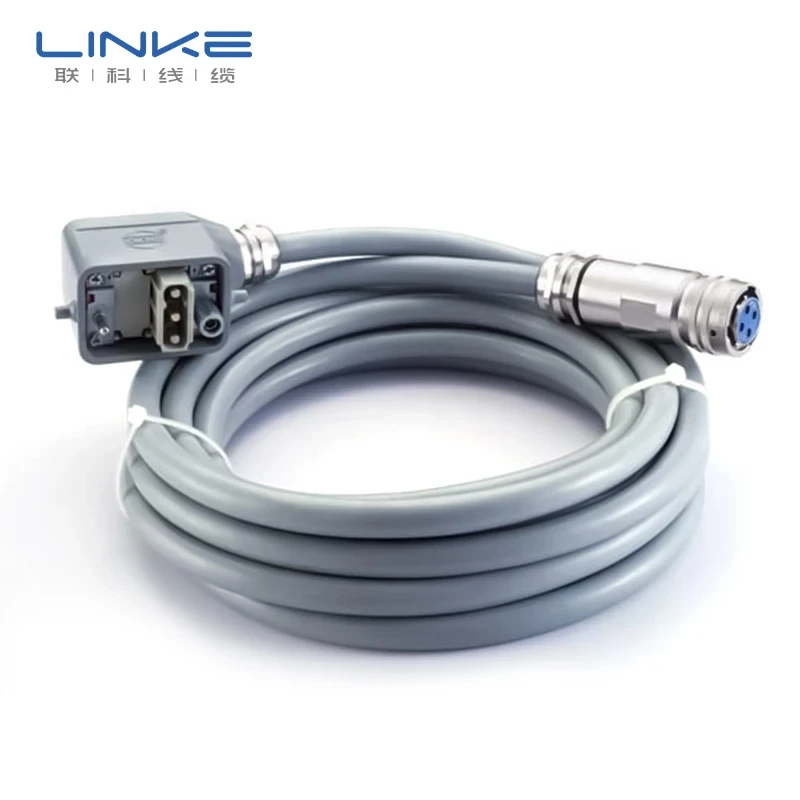Email format error
Email cannot be empty
Email already exists
6-20 characters(letters plus numbers only)
The password is inconsistent
Email format error
Email cannot be empty
Email does not exist
6-20 characters(letters plus numbers only)
The password is inconsistent

News at Linke
News from National Cable And Wire Manufacturing Company.

Robot Cable Bulk: Key Considerations for Industrial Automation
Introduction
In the world of industrial automation, robot cable bulk plays a crucial role in ensuring seamless communication and power transmission between robotic systems and their peripherals. Choosing the right cable bulk is essential for maintaining reliable and efficient operations. In this blog post, we will discuss key considerations that should be taken into account when selecting robot cable bulk for industrial automation applications.

Cable Durability
Industrial automation environments can be harsh, with exposure to extreme temperatures, chemicals, abrasion, and mechanical stress. Therefore, cable durability is of utmost importance. Look for cables with robust construction, such as high-quality insulation and shielding materials, to withstand these challenging conditions. Additionally, cables with high flexibility and resistance to bending fatigue will ensure longevity and reduce the risk of cable failure.
Electrical Performance
To ensure optimal performance, it is crucial to consider the electrical characteristics of the robot cable bulk. Factors such as voltage rating, current carrying capacity, and impedance should be carefully evaluated to match the requirements of the robotic system. Choosing cables with low resistance and high conductivity will minimise power loss and ensure efficient power transmission.
Signal Integrity
In industrial automation, precise and reliable signal transmission is vital for accurate control and communication between robotic components. Look for cables with excellent signal integrity, low signal attenuation, and high noise immunity. Shielded cables can effectively minimise electromagnetic interference (EMI) and ensure uninterrupted data transmission.
Flexibility and Bend Radius
Robotic systems often require cables to move and flex repeatedly. Therefore, flexibility and bend radius are critical considerations. Cables with high flexibility and small bend radii will allow smooth movement without compromising signal quality or cable integrity. Avoid using cables that are too stiff or have a large bend radius, as they can lead to premature cable failure.
Environmental Resistance
Industrial automation environments can expose cables to various harsh elements, including oils, chemicals, UV radiation, and moisture. Ensure that the chosen robot cable bulk has appropriate resistance to these environmental factors. Look for cables with oil-resistant, chemical-resistant, and UV-resistant properties. Additionally, cables with high ingress protection (IP) ratings will provide reliable performance even in dusty or wet conditions.
Compliance with Standards
When selecting robot cable bulk, it is essential to consider compliance with industry standards and regulations. Look for cables that meet relevant standards such as UL, CSA, CE, and RoHS. Compliance ensures that the cables have undergone rigorous testing and adhere to safety and performance requirements.
Cable Management
Efficient cable management is crucial for maintaining a tidy and organised robotic system. Consider the size, weight, and flexibility of the bulk cable to ensure easy installation and routing. Additionally, cables with colour-coded conductors or labelling can simplify identification and troubleshooting.
Future Expansion and Upgrades
Industrial automation systems are often subject to expansion and upgrades. When selecting robot cable bulk, consider scalability and compatibility with future requirements. Choosing cables from reputable manufacturers who offer a wide range of compatible products will facilitate future expansions or upgrades without the need for complete cable replacement.

Conclusion
Selecting the right robot cable bulk is essential for ensuring reliable and efficient industrial automation operations. Considerations such as cable durability, electrical performance, signal integrity, flexibility, environmental resistance, compliance with standards, cable management, and future expansion should be carefully evaluated. By choosing high-quality cables that meet the specific needs of the robotic system, industrial automation processes can be optimised for enhanced productivity and longevity.

